Here are the pros and cons have different types of engines: a review
Each type of engine have been good, although not ideal
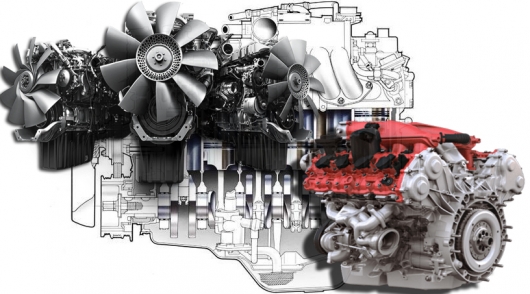
The most common types of internal combustion engines in the world is four-cylinder inline, four-cylinder opposed, six-cylinder inline, V6 and V8 – have their pros and cons. Here’s everything you need to know about them in one handy compilation…
What motor will make more power: 4.0-liter V6 or a 4.0-liter V8? The answer is not so simple and obvious. In discussing the various engines, their type is not the most important factor affecting how much energy they will produce. Apply to the creation of engineering ingenuity and your four cylinder engine will be able to get as much power as the average V12. So what makes manufacturers choose different layout engines? Here are the advantages and disadvantages of each option engines.
Inline-four-cylinder powertrains
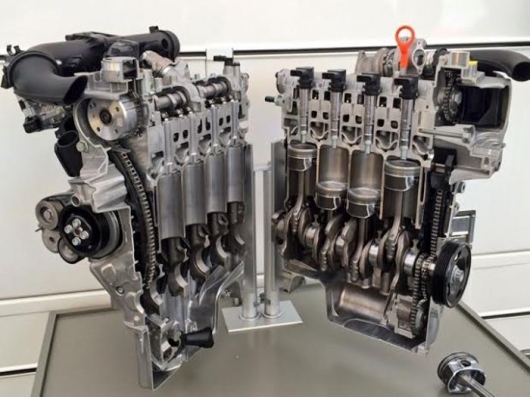
Let’s start with one of the most common engines – inline four-cylinder. There is a reason it is so prevalent. Mainly because it’s so simple: one block, one cylinder head and one valve train. Here’s everything you need to know about it:
Advantages:
Four-cylinder row engines of oversized and compact, so its easy to locate under the hood of almost any car;
It also weighs a bit itself, and the fact that this type of motor is only one exhaust manifold, weight reduced;
Because it has just one cylinder head, this means that there are fewer movable parts compared to engines with the collapse. This means less energy loss and reduces the chance of malfunctions;
The engine is well balanced, since the two outer piston move in the opposite direction from the inner two pistons (see figure above);
Four-cylinder engines are easy to maintain and repair. The cylinder head is the highest point which makes access to spark plugs and valve train is not difficult;
Four cylinder engines require high production costs.
Cons:
Despite the fact that the primary forces are balanced perfectly, the same cannot be said about the so-called secondary forces acting on the motor, which ultimately limits the size of the engine;
Inline-fours rarely exceed a volume of 2.5 liters;
In a high-volume four-cylinder engines there is a need balancer shafts to reduce vibration due to those secondary forces;
High center of gravity compared to some layouts boxer H4;
Not as “indestructible” as some V6 and V8.
Here is a brief video explaining the principle of operation of a four cylinder engine:
Horizontally-opposed
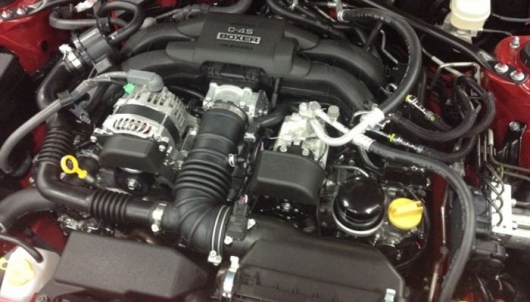
From the performance point of view, there’s not a lot of options as appealing as the engine laid horizontally oppositely located cylinders. Boxer powerplant is not so frequent guest under the hood of the car, but from a technical point of view it is the logical choice for your racing car.
Advantages:
Primary and secondary forces are well balanced. It is smooth in operation, the engine;
The balance allows to reduce the weight of the crankshaft that reduces inertial losses from spinning;
Low center of gravity provides a better handling of the car.
Cons:
Size: this is a very broad engines;
Boxer engines once used in Formula 1 because of their advantages in performance, but because of their great width they let work with the air flow around the bodywork of the car and since then no longer used;
The complexity of the two cylinder head / drive system valves;
During operation, imbalance in the plane of the displacement of the piston relative to the crankshaft;
Maintenance can be difficult if under the hood the tightness.
Inline six-cylinder
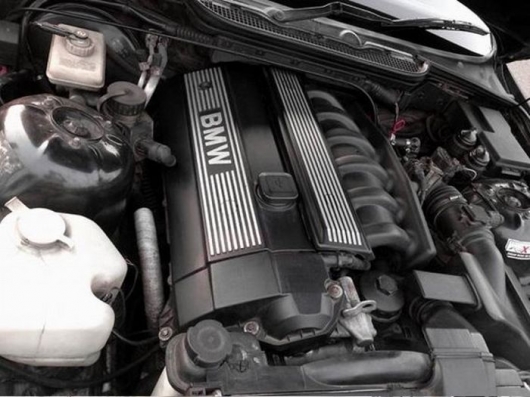
The object of affection of engineers, the inline-six is the result of attaching two additional cylinders to an inline four-cylinder engine. BMW loves them, Toyota is often used these engines too, making one of its most famous engines – 2JZ. So what is so special about these six?
Advantages:
Row six is initially balanced;
Layout in combination with the order of ignition of the mixture in the cylinders creates almost the most “smooth” in the motor. To reduce vibrations, the cooler can only be a V12 and a boxer 12-cylinder engines, which are the next step in the evolution, as they are twin six-cylinder engines coupled together;
But compared to the “V”-shaped layout, the production costs of one unit with all the cylinders in one plane significantly reduced;
Simple design, easy to operate with the engine and fix it. Also with inline four-cylinder engine.
Cons:
The hood should correspond to the length of the powertrain, the car should be of medium size;
Not a perfect solution for front wheel drive cars;
High center of gravity, especially compared to the boxer engines;
The design is not so hard as the “V”shaped engines, since the motor is long and fairly narrow.
Here is a brief video explaining the principle of operation of a six-cylinder engine:
V6
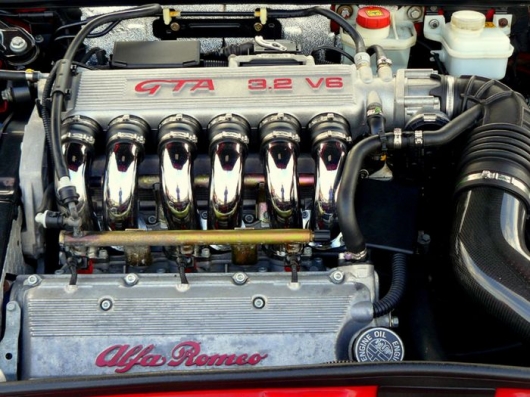
Now cut this line “six” in half and connect the two cylinder common crankshaft. I think the engineers here are too clever by half? Why do “V”-obraznic, if you already have a great in-line power unit? Well, Formula 1 cars it fits, then it does have its advantages.
Advantages:
They are compact and can easily be used for both front-wheel and rear-wheel drive vehicles;
The layout allows you to do more extensive version than the four-cylinder engines, which typically means more power;
This rigid design in all senses;
Formula 1 decided to use a V6 and not a inline-four-cylinder engines in the 2014 season, because they wanted to integrate the engine as an additional stiffener in the design of the car.
Cons:
2 cylinder means adding to the cost, complexity and weight;
Additional inertia and friction (more moving parts);
High centre of gravity vs flat boxer engines;
The cost is often more than the inline-four-cylinder engines;
Imbalance requires additional weight on the counterweights of the crankshaft, relieving the main bearings from the centrifugal inertia forces of the first order unbalanced masses;
Two exhaust manifold also means additional weight.
V8
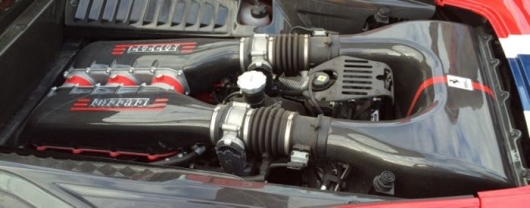
When you add a cylinder on each side of the V6 units, you have the heart of an American muscle car… V8. He may make subtle uterine grunts, but is he good in reality. Here are its main pros and cons.
Advantages:
Dimensions (shortest length);
Good balance, depending on the type of the crankshaft and the order of ignition of the combustible mixture (flatplane vs crossplane);
Rigid construction;
Allows you to make engines with large volumes.
Cons:
As V6, weight of the V8 engine can be quite high, and he will obviously weigh more than a six-cylinder engine;
Additional inertia and friction (more moving parts);
The cost and complexity will be higher;
Higher center of gravity against boxer;
Large, usually limiting the use of motor vehicles by the drive arrangement RWD/AWD. Front-wheel drive options are there, but very rare.
If you want to let us know in the comments below, what type of engine you are currently using, what you like and don’t like it.
